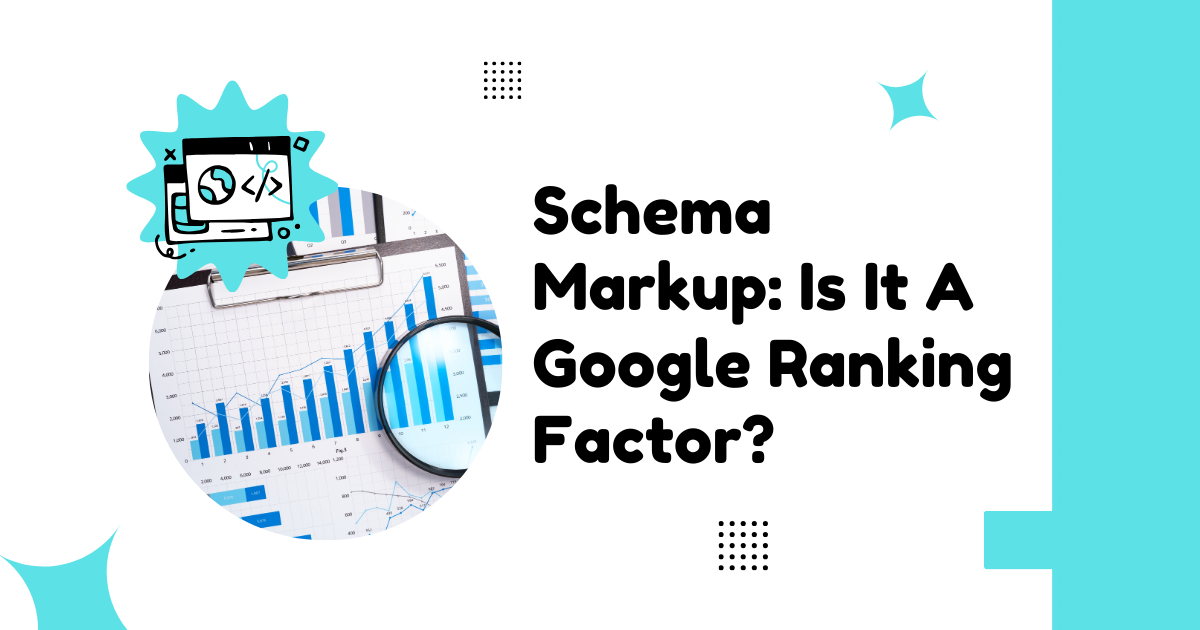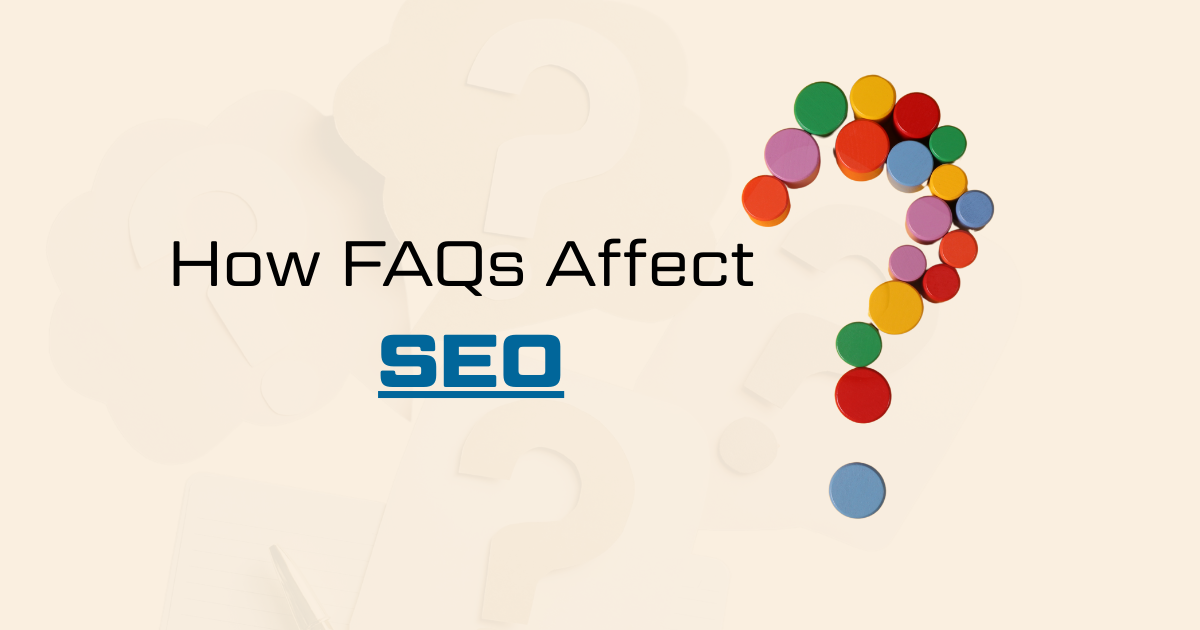
Top Tactics To Rank Higher On Google
If you are running an online business or a website, your primary agenda is to get ranked higher in SERPs. You often question yourself, “How can I improve my ranking on Google?” Nothing is more frustrating than seeing your website ranked lower on the umpteenth page of Google despite all your SEO efforts.
If you are also experiencing the same, here I have brought a few strategies & tactics that can help you rank higher on Google and improve your results in search queries.
Take a look:
1. Find out which keywords are working for you
This is the first & foremost step towards improving your ranking on search engines. You need to know which keywords are being used by searchers to find out about your products & services. These will be your targeted keywords for your successful digital content marketing strategy. Take help from various keyword research tools such as Keyword Planner to identify the targeted keywords.
Keep in mind a few things such as:
- Check their monthly volume to know how many times they get searched
- Figure out competition
- Domain authority
- Review their relevance
Pro Tip - If you have just started your SEO strategy, you should start with low volume, and low competitive keywords so that you could stay in your competition.
2. Target long-tail, and question keywords
For more targeted traffic results, you should work on long-tail & question keywords as they perform better and frequently get used by searchers. Hence their search volume is higher and brings better opportunities for marketers.
For example, when you type & search your targeted keyword that has a good search volume, you often see the “People Also Ask (PAA)” segment in search engine result pages. These are related questions to your entered keywords that people ask. If you expand one of these questions, whichever page is answering that question ranks higher than result #2. That’s the power of long-tail keywords. You will never know what long-tail question Google puts up in PAA questions and ranks up your site.
3. Write long-form & relevant content
Google always prefers long-form content including the keywords you are targeting for. This is the most vital for the blog posts but you can do this for the landing pages also. This is why inbound marketers go for long-written guest posts for SEO.
Additionally, you should also pay attention to writing informative, trendy & quality content the readers could fall for. The more users share your posts on social media, the more it will demonstrate your expertise & brand’s authority in that particular niche to Google. However, you shouldn’t just relax and wait for the users to share your content. You should be active in searching websites & brands that can accept your guest posts.
4. Incorporate videos & photos
Only writing quality & long-form content isn’t enough until you make them attractive to the readers. And the best way to do this is by inserting relevant videos & images throughout the content. You can do this for both your blog posts and web pages. If you are an inbound marketer, you may notice that most contents have videos & visuals as Google prefers content that the readers are fastly grabbing. In addition to embedding videos & images to your web pages, you can create your own YouTube channel to upload your videos.
5. Internal Linking is Crucial
You know the importance of backlinks to rank your website higher in SERPs. Links posted on a third-party website that land users to your targeted pages not only show that you know about that particular niche but also inform Google that users are finding your posts useful. It ultimately improves your domain authority.
Similarly, internal linking is also a vital concept for your website’s higher ranking. It allows readers, coming to your posts or web pages to navigate more about you by clicking on those links you have incorporated in your posts. Simply, an internal link is a hyperlink that links to another page on the same domain. Look at the example:
6. Work on On-Page SEO
This is the livelihood of ranking higher in SERPs. Read our Guide To On-Page SEO to deeply know about the concept. However, to give you an idea, here is the brief. An on-page SEO revolves around the SEO tactics which are being performed on the websites to get their ranking improved on search engine results. For example:
- Title tags
- Meta descriptions
- Heading tags
- Alt tags
- Keywords
- Content
- Page speed etc.
7. Increased Bounce Rates Are Dangerous
Yes. You should decrease your bounce rate but what are bounce rates exactly. Simply, bounce rate is a percentage of visitors coming to your website but are leaving without performing anything productive like clicking on a link, buying your services, etc. The higher the bounce rates, the lesser you have the chance of getting ranked on SERPs. You need to improve your bounce rates. Make sure that all the important information appears above the fold so that users aren’t required to scroll down. For this, add a table of content or infographics, etc.
8. Create your Google My Business profile
As a part of a local SEO strategy, creating a Google My Business profile simply means registering your website for a specific local area you are operating from. It is known as Google Business Listing which helps you to control how your potential or existing users will see your business while looking for your products or services in your particular area. It includes details like Contact, Business Hours, Address, etc. To help you, here we have a complete guide on what is google my business listing?
9. Take Experts’ Advice
Getting your website highly ranked in search engine results involves a plethora of technical tasks such as creating responsive websites, page speed, web pages, etc. Though you have enough knowledge of all the tasks, it is not necessary to manage your business as well as technical tasks at the same time. The best idea is to hire SEO experts. Whether you need content for blogs or web pages, SMO, or other tactics, these professionals can help you with everything.
10. Tracking Results Is The Final Step
Just think what is the use of incorporating all these SEO strategies if you don’t know what their performance is. So, you should spend enough time tracking your SEO results. It includes auditing your brand & content regularly or various SEO tools can help you measure the results.
Wrapping Up!!!
SEO is a time-taking process. Apart from incorporating all the above-mentioned SEO strategies, keeping patience is also important. Just take the help of experts and keep yourself updated about the market trends.







 +91-8824414404
+91-8824414404